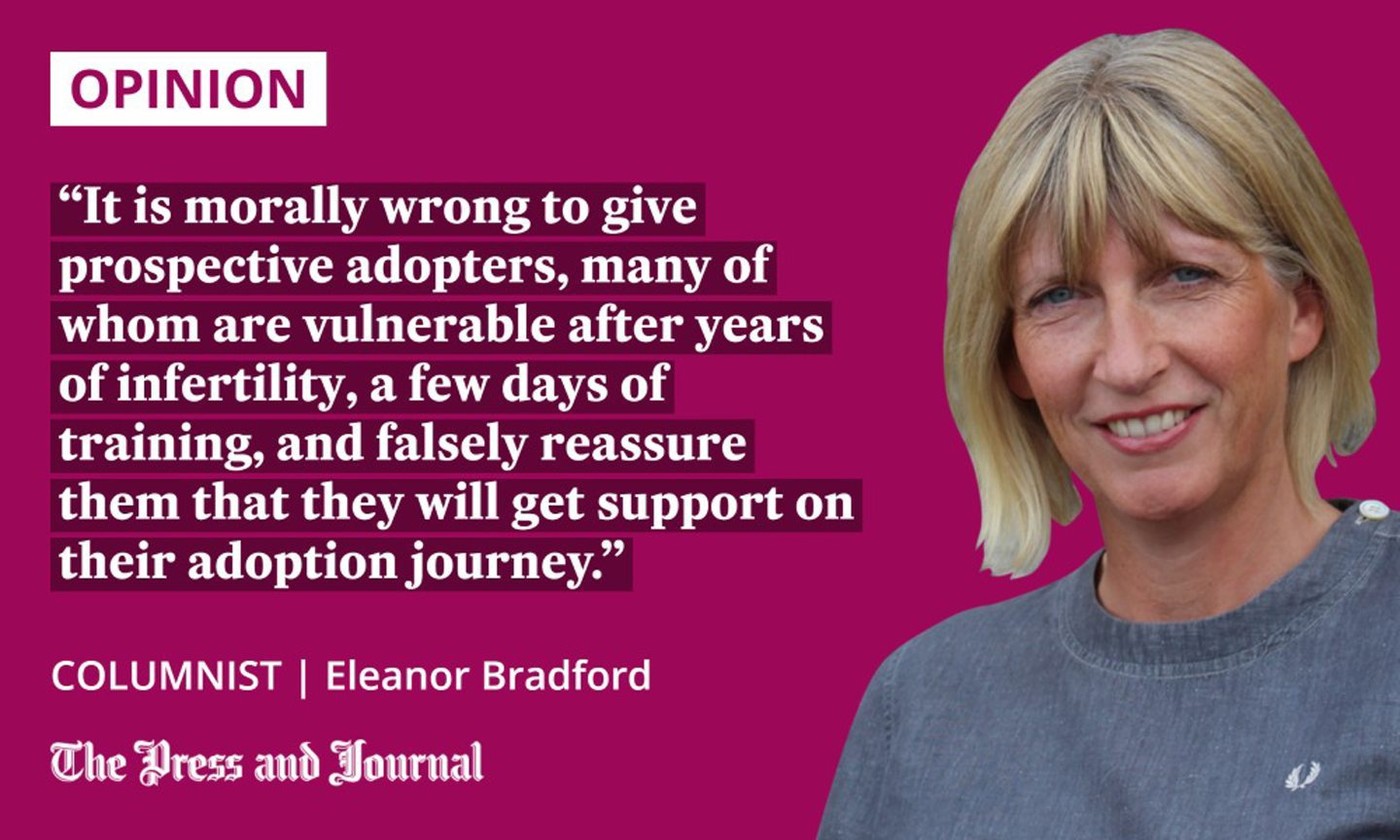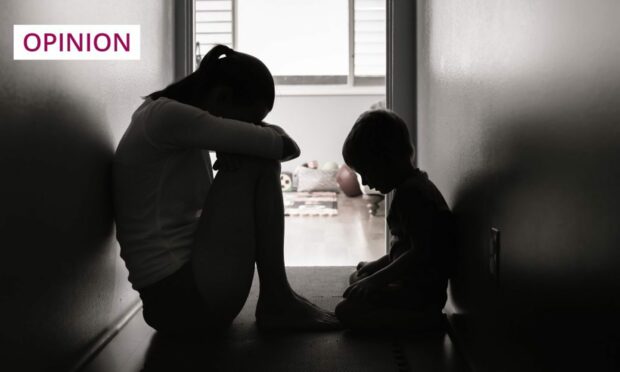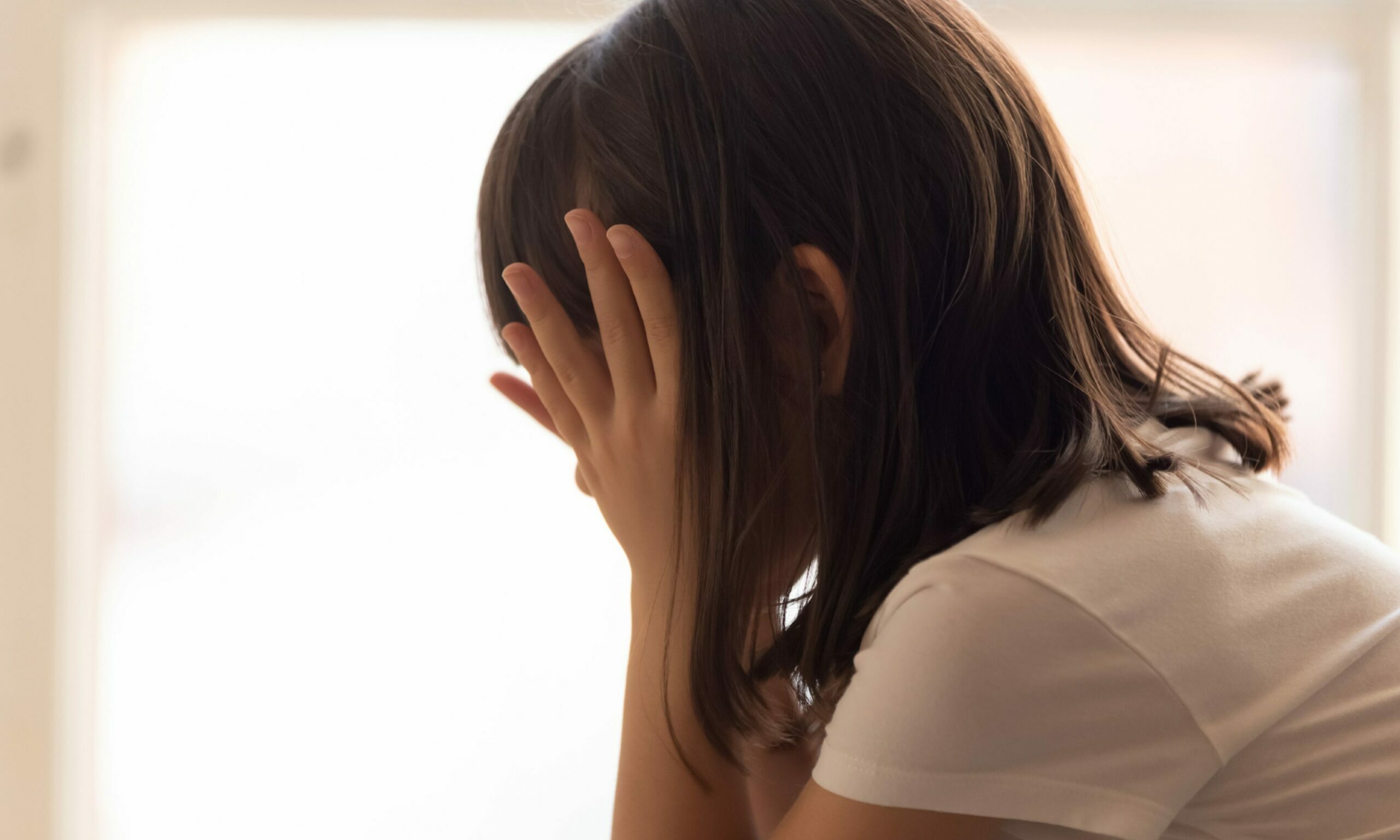A year ago, I wrote about experiencing the collapse of an adoption.
Some people said I was brave to write about it. What actually motivated that column was not bravery but rage. I was enraged that this had happened to us when there was no need for it to happen.
I believe it happened because we did not get the support we should have got, which any reasonable family should expect, and which we would have got if we were foster carers rather than adopters.

There was a huge reaction to that column. There were those (mostly adoptees) who felt that no parent should “give up” and hand their child back into care, no matter what difficulties they faced.
There were friends who knew us and who said: “If you couldn’t do it, no one could.” And, then, there were the dozens and dozens of fellow adopters who reached out to me because they had gone through a similar experience.
Stories from struggling adoptive families are truly shocking
Because of the stigma surrounding the issue, these families support each other in closed online forums and, to my amazement, there were hundreds and hundreds of members. Their stories are truly shocking.
Parenting one or more severely traumatised children comes at a huge cost. Many have had to give up their jobs, or have lost them because of the counterproductive actions of social services.
Many have seen their marriage or relationship collapse under the strain. Many have been injured by their violent child, some permanently.
A few have been unable to protect one child from sexual abuse by another, even when they warned social services that this was a risk. After the breakdown of their adoption, many said that professional carers (sometimes working in shifts) were unable to cope with the complex behaviour that they were expected to manage alone.
Many have watched in horror as their child was allowed to return to the birth parents who abused and neglected them in the first place. Others have to stand by helplessly as their adopted child is exploited sexually, or by drug gangs, or even becomes a victim of modern slavery, all whilst social workers look on.
There are no guidelines
This occurs because our system is not set up to help adoptive families long-term, and contains no checks and balances to ensure social work standards. My friends are still amazed when I tell them that adopted children get no routine counselling, despite having come from the most traumatic of backgrounds.
When the psychological trauma really surfaces, usually in the teenage years, it is much harder to deal with. The violence, criminal or sexualised behaviour predictably sends adopted families into crisis, but the social work response seems to be: “This is normal teenage behaviour. Here’s a parenting class. There is nowhere else for them to go. And, ultimately, it’s all your fault.”
This failure has gone on for decades, because the victims are too vulnerable to fight it
It happens repeatedly – everywhere from the north of Scotland to the south coast of England – because there is no sanction against poor practice, and no guidelines. This failure has gone on for decades, because the victims are too vulnerable to fight it.
I am telling you this not because I want to put people off adoption. Believe me, the broken system is doing that very effectively already without any help from me. I am telling you this because, today, I read the posts in a forum for families like mine to find my worst fears had come true.
Many people caught up in this process share their suicidal feelings. Now, a mother who tried her very best to provide a stable home to an extremely traumatised child has tragically ended her own life. Her partner said she could not take the pressure and blame any more.
Adoptive parents are abandoned and blamed
How many deaths will it take for someone to wake up and realise that the way to fix falling adoption rates is to support struggling families, so that we have more success stories?
It is morally wrong to give prospective adopters, many of whom are vulnerable after years of infertility, a few days of training, and falsely reassure them that they will get support on their adoption journey, only to abandon them as soon as they sign the paperwork and then blame them when the inevitable difficulties arise.
Supporting adoptive families is not just the right thing for the adults involved, it is the best thing for the children.
The outcomes for children in care are far worse than for those in adoptive families. It’s why the state works so hard, and spends so much money, on finding those adoptive families in the first place. What a shame it turns its back just when those families need help the most.
- If you are struggling with your mental health or suicidal thoughts, you can contact Samaritans for free on 116 123, at jo@samaritans.org, or samaritans.org
Eleanor Bradford is a former BBC Scotland health correspondent and now works in communications in the education sector



Conversation